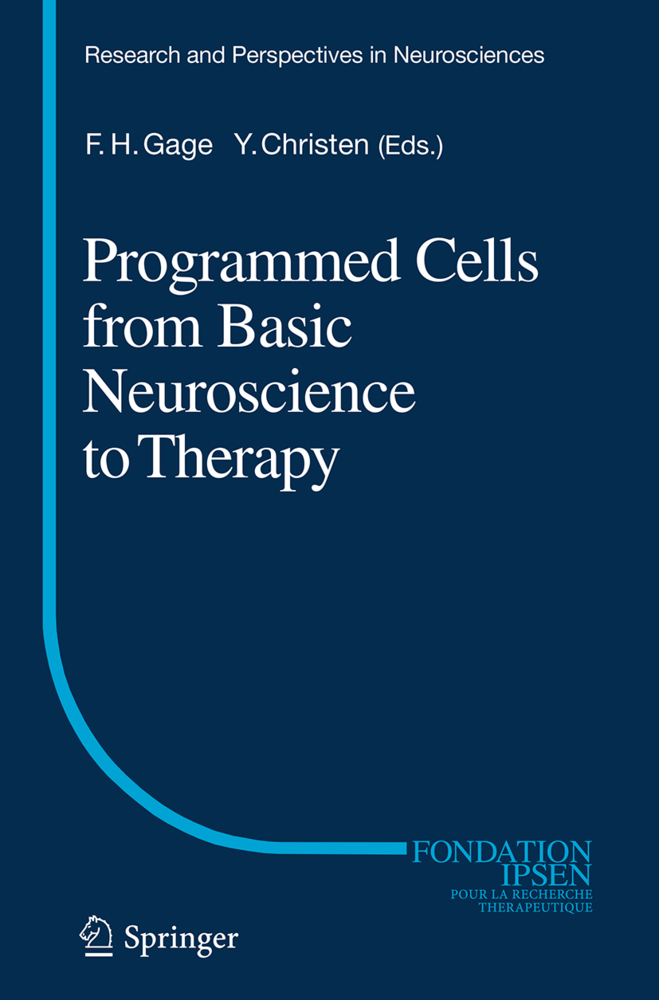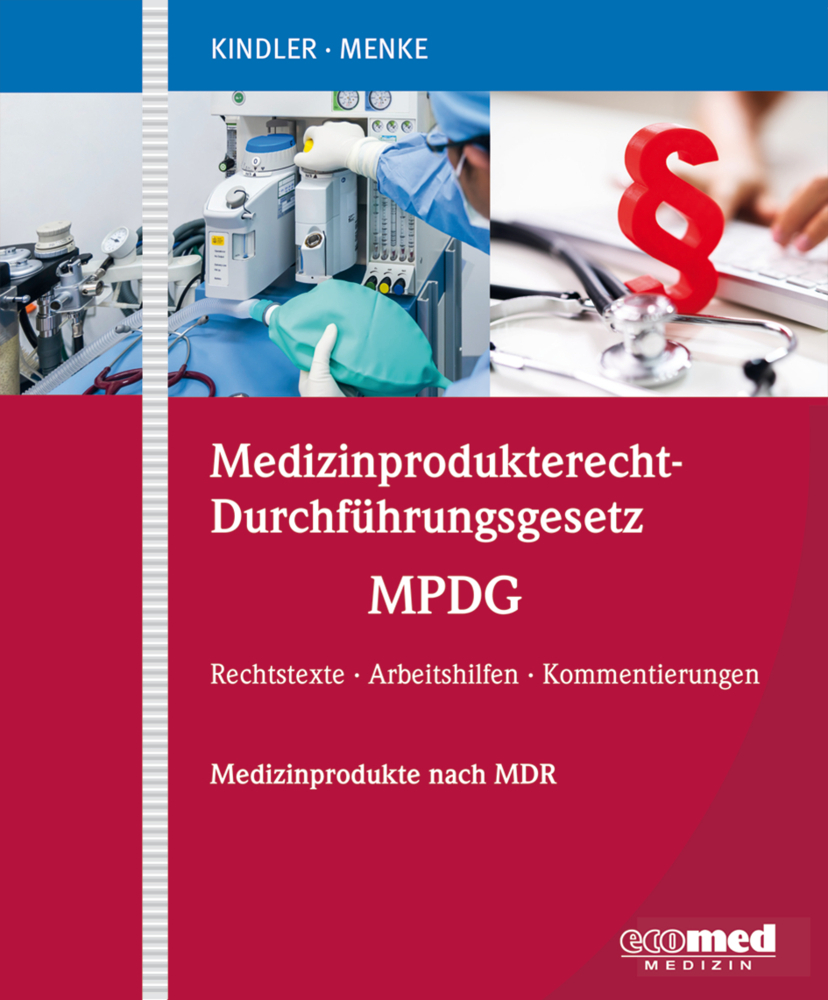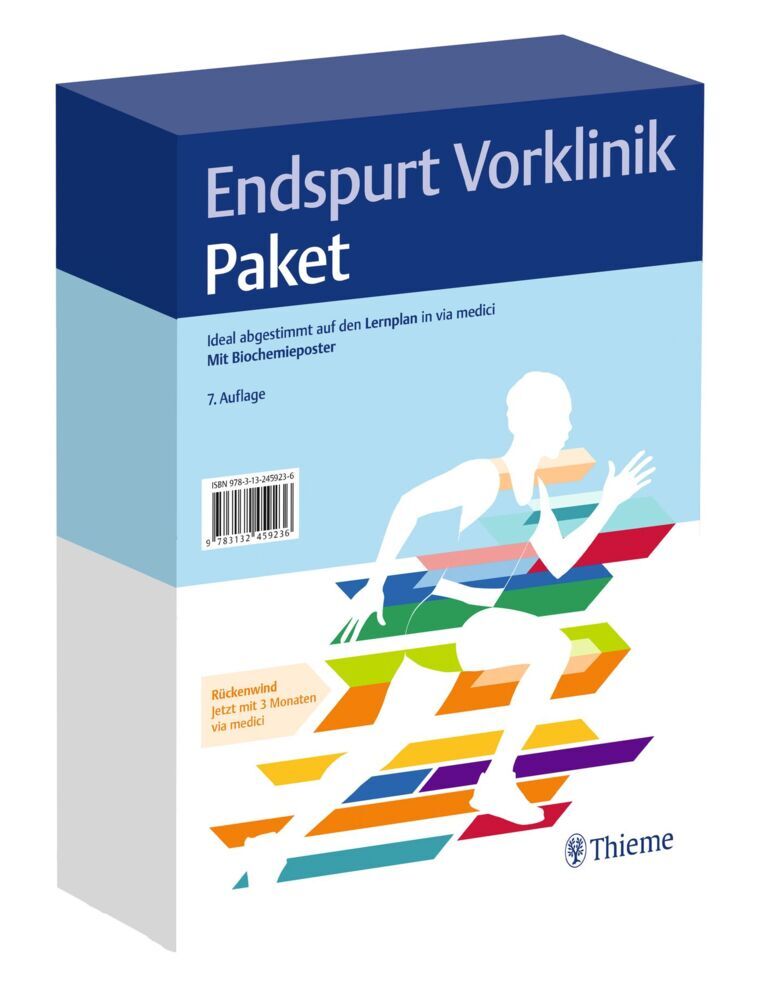Programmed Cells from Basic Neuroscience to Therapy
Programmed Cells from Basic Neuroscience to Therapy
The recent advances in Programming Somatic Cell (PSC) including induced Pluripotent Stem Cells (iPS) and Induced Neuronal phenotypes (iN), has changed our experimental landscape and opened new possibilities. The advances in PSC have provided an important tool for the study of human neuronal function as well as neurodegenerative and neurodevelopmental diseases in live human neurons in a controlled environment. For example, reprogramming cells from patients with neurological diseases allows the study of molecular pathways particular to specific subtypes of neurons such as dopaminergic neurons in Parkinson's Disease, Motor neurons for Amyolateral Sclerosis or myelin for Multiple Sclerosis. Detecting disease-specific molecular signatures in live human brain cells, opens possibilities for early intervention therapies and new diagnostic tools. Importantly, once the neurological neural phenotype is detected in vitro, the so-called "disease-in-a-dish" approach allows for the screening of drugs that can ameliorate the disease-specific phenotype. New therapeutic drugs could either act on generalized pathways in all patients or be patient-specific and used in a personalized medicine approach. However, there are a number of pressing issues that need to be addressed and resolved before PSC technology can be extensively used for clinically relevant modeling of neurological diseases. Among these issues are the variability in PSC generation methods, variability between individuals, epigenetic/genetic instability and the ability to obtain disease-relevant subtypes of neurons . Current protocols for differentiating PSC into specific subtypes of neurons are under development, but more and better protocols are needed. Understanding the molecular pathways involved in human neural differentiation will facilitate the development of methods and tools to enrich and monitor the generation of specific subtypes of neurons that would be more relevant in modeling differentneurological diseases.
ES and iPS cells as tools for modeling human aging .-Characterizing neural circuitry with programmed human neurons
Direct conversion of fibroblasts to neuronal cells
Human pluripotent stem cells as tools for modelling neurodegeneration
From Rett syndrome to classical autism: modeling autism spectrum disorders using human neurons
Testing evolutionary principles in a dish using embryonic stem cells: the example of the Huntington's Disease gene
Using stem cells to discover therapeutic targets in ALS and SMA
Using stem cells to understand and treat Alzheimer's disease
Using pluripotent stem cells to decipher mechanisms and identify treatments for diseases that affect the brain
Modeling neural development and disease in human pluripotent stem cells
Subject index.
Nuclear reprogramming by eggs and oocytes and eventual prospects of cell replacement therapy
iPS technology and disease research: issues to be resolvedES and iPS cells as tools for modeling human aging .-Characterizing neural circuitry with programmed human neurons
Direct conversion of fibroblasts to neuronal cells
Human pluripotent stem cells as tools for modelling neurodegeneration
From Rett syndrome to classical autism: modeling autism spectrum disorders using human neurons
Testing evolutionary principles in a dish using embryonic stem cells: the example of the Huntington's Disease gene
Using stem cells to discover therapeutic targets in ALS and SMA
Using stem cells to understand and treat Alzheimer's disease
Using pluripotent stem cells to decipher mechanisms and identify treatments for diseases that affect the brain
Modeling neural development and disease in human pluripotent stem cells
Subject index.
| ISBN | 978-3-662-51294-4 |
|---|---|
| Artikelnummer | 9783662512944 |
| Medientyp | Buch |
| Auflage | Softcover reprint of the original 1st ed. 2013 |
| Copyrightjahr | 2016 |
| Verlag | Springer, Berlin |
| Umfang | XII, 130 Seiten |
| Abbildungen | XII, 130 p. 14 illus., 13 illus. in color. |
| Sprache | Englisch |











